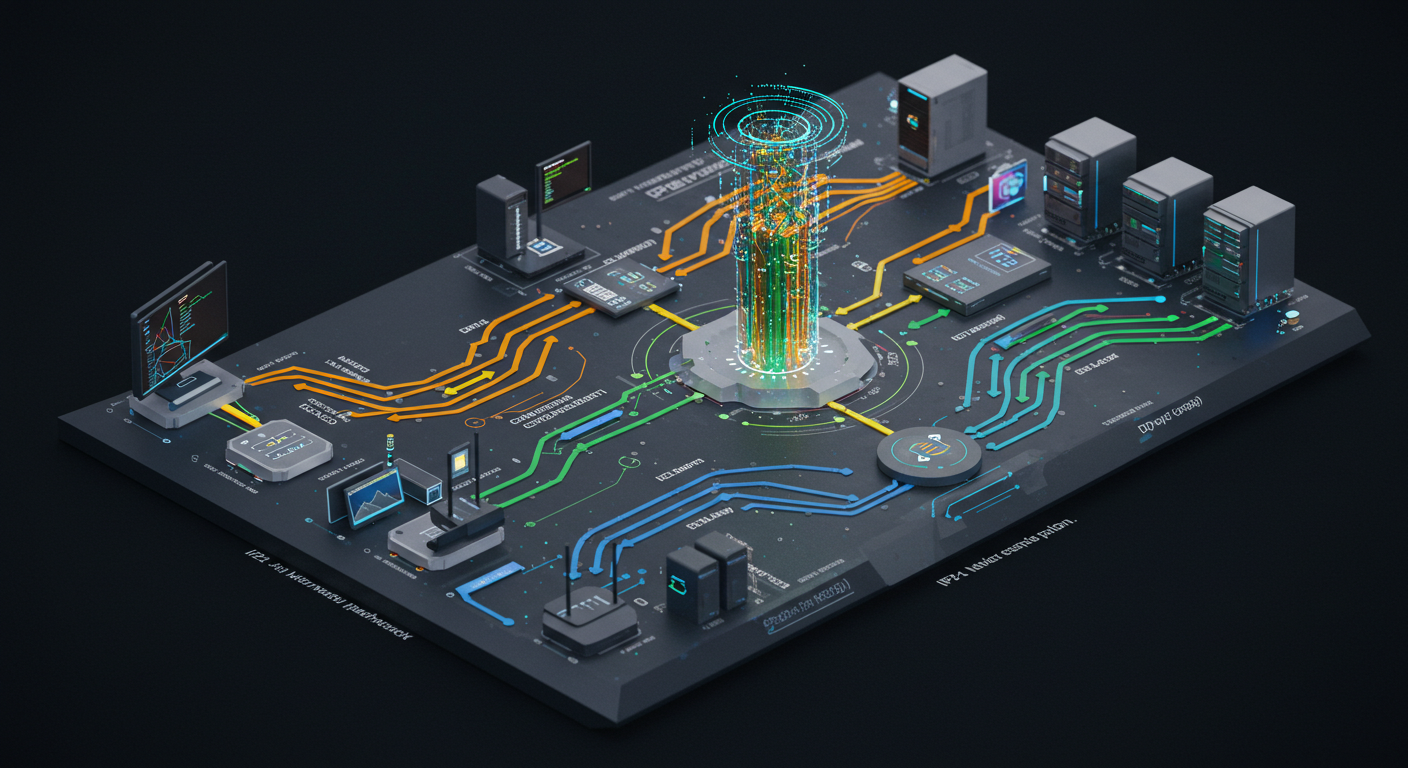In the ever-evolving digital landscape, the IP2 Network has emerged as a topic of increasing interest among technology enthusiasts, IT professionals, and businesses. Networking forms the backbone of global communication, and while most people are familiar with IPv4 and IPv6, the IP2 Netork represents a layered idea of routing, connectivity, and secure information exchange. By examining its structure, benefits, challenges, and applications, we can better understand how the IP2 Netork may play a role in the next phase of digital infrastructure.
What is the IP2 Network?
The IP2 Netork can be understood as a second-level or alternative Internet Protocol framework designed to manage connectivity, traffic routing, and secure data transfers. It is often referred to in contexts where enhanced networking solutions are needed beyond the limitations of conventional IP-based systems. Unlike a single protocol, the IP2 Netwrk is more of a conceptual and architectural model that integrates with existing internet standards.
This framework aims to address pressing issues such as IP address shortages, network congestion, security vulnerabilities, and the demand for higher scalability.
Key Characteristics of the IP2 Network
Understanding the IP2 Nework requires a closer look at its unique features:
-
Layered Connectivity – Designed to complement rather than replace traditional IP models, it operates as a second-level routing system.
-
Enhanced Scalability – Offers support for larger and more complex networks that require advanced traffic distribution.
-
Security-Centric – Built with stronger encryption, authentication protocols, and access management.
-
Flexibility – Adaptable to different networking environments, whether corporate, academic, or governmental.
-
Efficiency – Aims to reduce latency while ensuring stable performance in high-demand environments.
Importance of the IP2 Network in Modern Connectivity
The digital economy demands faster, safer, and more reliable networks. Here are the primary reasons why the IP2 Network stands out:
-
Solving Address Limitations: As more devices join the internet daily, traditional IPv4 systems struggle. IP2-based structures offer alternative routing methods.
-
Improving Cybersecurity: With rising cyber threats, the IP2 Netwrk prioritizes stronger security protocols.
-
Supporting IoT Expansion: Billions of IoT devices need seamless communication, which IP2 can facilitate.
-
Strengthening Cloud Systems: Businesses increasingly rely on cloud computing, and IP2 helps optimize performance and bandwidth allocation.
Architecture of the IP2 Network
The architecture of the IP2 Network builds on familiar IP structures while integrating modern enhancements:
-
Routing Layer – Handles traffic distribution across multiple pathways, ensuring efficient data delivery.
-
Security Layer – Adds firewalls, authentication protocols, and encryption at the network core.
-
Application Layer – Focuses on ensuring compatibility with business software, IoT systems, and mobile applications.
-
Monitoring Layer – Offers visibility and analytics for network administrators, aiding in performance optimization.
This multi-layer design ensures that the IP2 Netork is not just scalable but also secure and efficient.
Use Cases of the IP2 Network
The IP2 Network can be applied across diverse industries and technological ecosystems:
-
Corporate IT Systems – Helps organizations manage complex internal and external communication.
-
Telecommunications – Assists providers in scaling infrastructure while maintaining quality of service.
-
Government Networks – Offers secure environments for sensitive data transmission.
-
Healthcare Systems – Enables safe and rapid communication between connected devices and databases.
-
Smart Cities – Supports IoT-powered urban infrastructure, from traffic control to energy management.
Security Implications of the IP2 Network
Cybersecurity is a crucial factor in any networking system, and the IP2 Netwrk is no exception. Some of the ways it enhances security include:
-
Stronger Encryption: Protects sensitive information from unauthorized access.
-
Access Control Mechanisms: Ensures that only verified users can interact with the network.
-
Threat Monitoring: Provides real-time detection of anomalies or potential attacks.
-
Data Privacy Compliance: Designed to align with regulations like GDPR and HIPAA.
By combining proactive defense strategies with layered security, the IP2 Netork strengthens overall resilience.
Advantages of the IP2 Network
The IP2 Network delivers several benefits:
-
High Reliability – Reduced downtime and improved connectivity.
-
Global Scalability – Designed for both small organizations and international enterprises.
-
Performance Optimization – Prioritizes high-speed transfers and reduced latency.
-
Future-Readiness – Built with adaptability for emerging technologies such as 5G and edge computing.
Challenges Facing the IP2 Network
Like any innovation, the IP2 Netork faces challenges:
-
Adoption Barriers: Many companies may hesitate to adopt new systems due to cost and training.
-
Compatibility Issues: Not all legacy systems can integrate easily.
-
Regulatory Hurdles: Varying internet laws across regions may impact implementation.
-
Technical Complexity: Requires skilled professionals to design, deploy, and maintain.
These challenges highlight the importance of strategic planning before widespread deployment.
Future of the IP2 Network
Looking ahead, the IP2 Network is expected to grow in relevance as global connectivity expands. With 5G, artificial intelligence, and IoT reshaping communication, new protocols are required to ensure stability and efficiency. The IP2 framework could serve as a bridge between existing internet protocols and futuristic networking solutions.
It also holds promise in supporting decentralized technologies, blockchain-based systems, and secure peer-to-peer networks. As digital innovation accelerates, the IP2 Network may play a defining role in creating a safer and more scalable online ecosystem.
Conclusion
The IP2 Network represents a forward-looking approach to modern connectivity. With its layered design, emphasis on security, and adaptability, it addresses many of the limitations of traditional IP systems. From supporting global businesses to enabling IoT-powered smart environments, its potential applications are vast. While challenges such as adoption and compatibility remain, the IP2 Network stands as a promising model for future networking needs.
By understanding its architecture, benefits, and challenges, organizations and individuals can prepare for the next wave of digital transformation powered by IP2.

